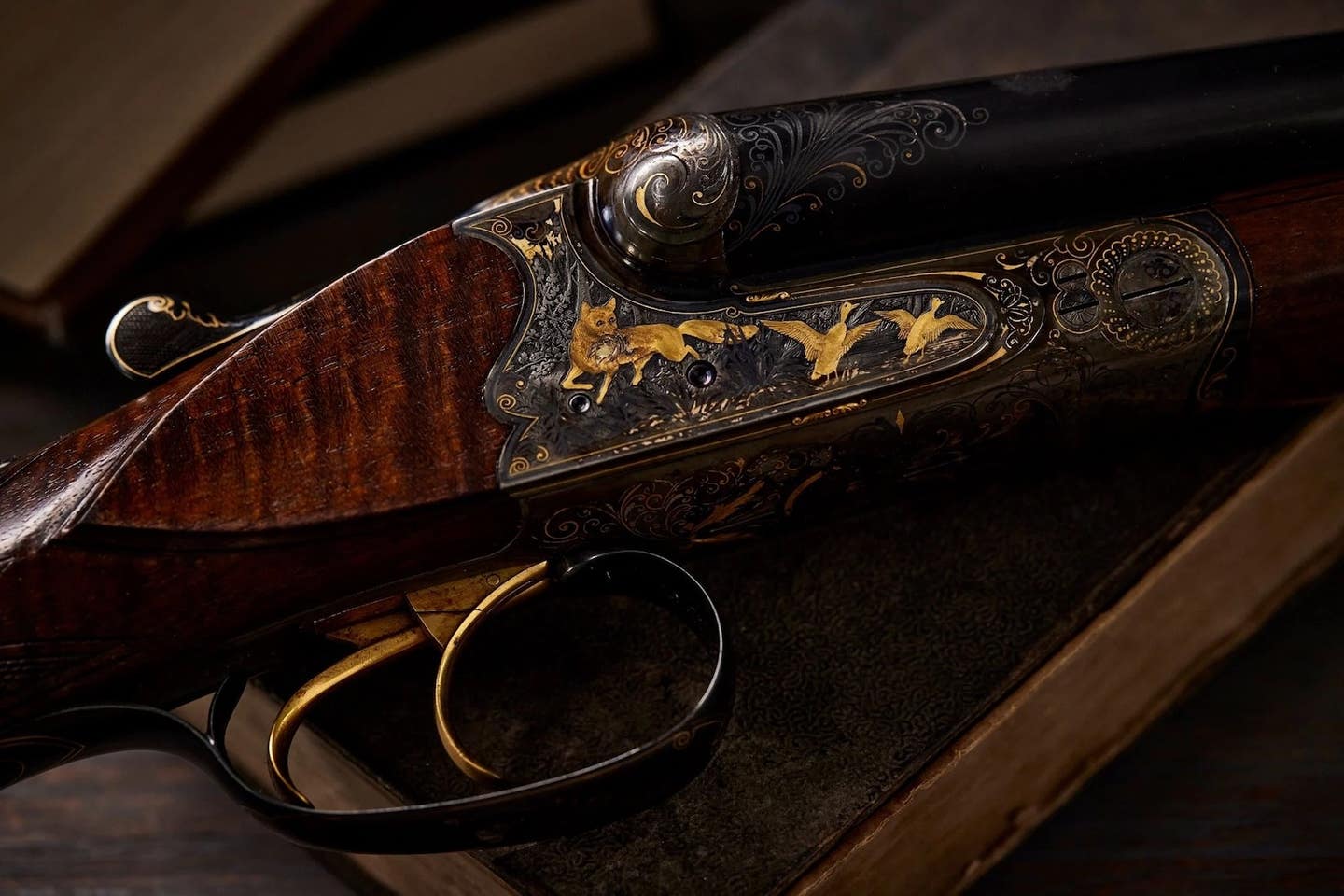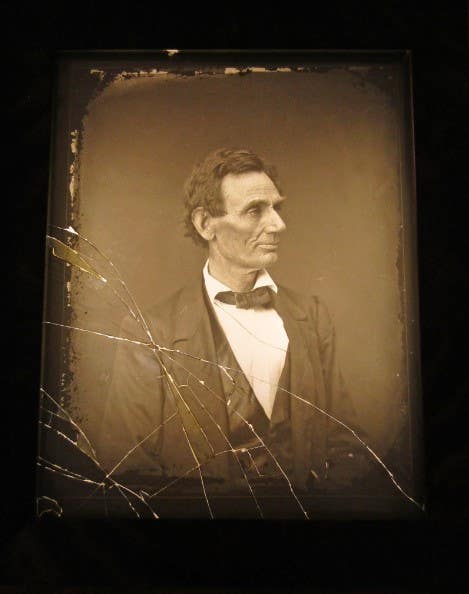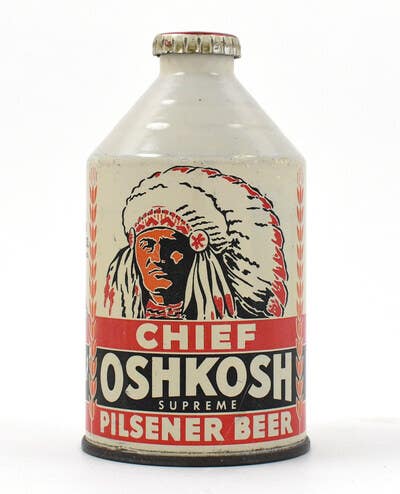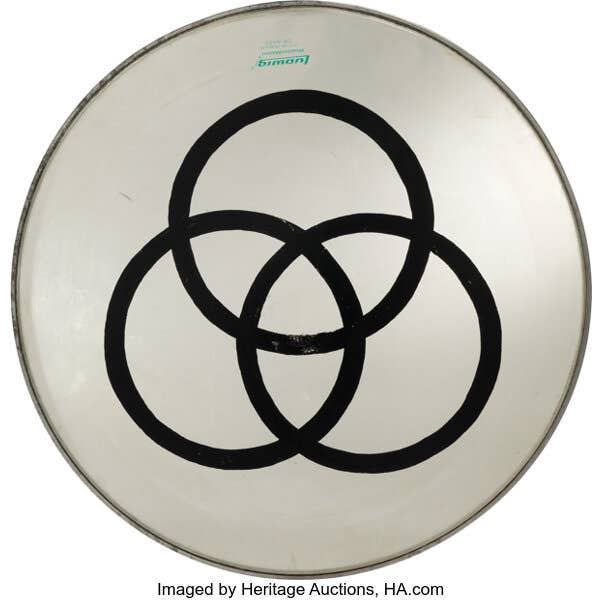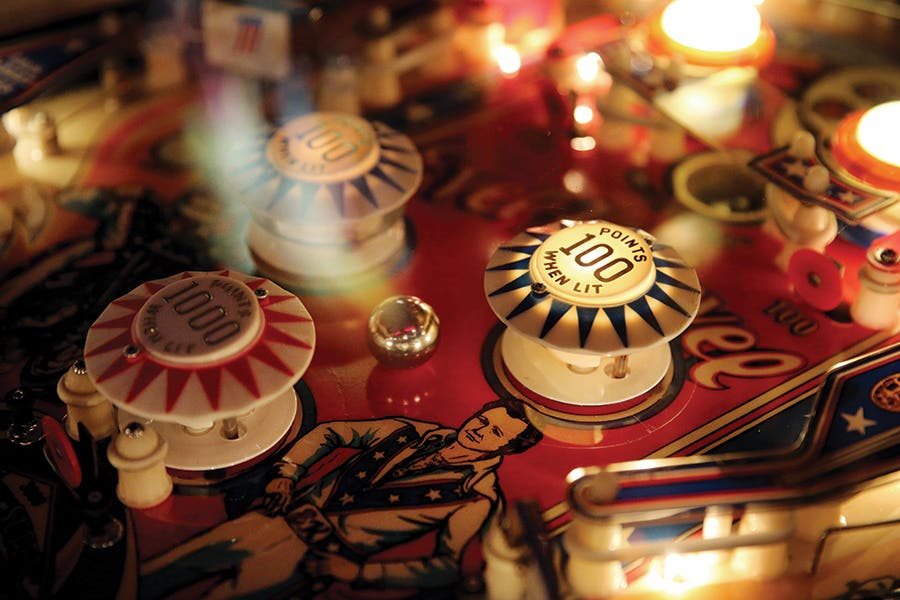Black in White America
Leonard Freed’s photographs of Black life in civil-rights era still relevant today.
While in Germany in 1961 to photograph the building of the Berlin wall, photojournalist Leonard Freed noticed an African American soldier guarding the border. Struck by the fact that the man was risking his life to defend a country that limited his own rights, Freed was inspired to capture the African American experience in the civil-rights era.
After returning home, Freed (1929-2006) began his new project. For years he visited Black neighborhoods in New York, Washington, D.C., and throughout the South, capturing black-and-white images that reflected the struggle for the end of racial segregation. The result was the influential 1968 book, Black in White America, that strove to document a culture and also to raise public awareness of the inequalities it had to endure.
On October 6, Heritage Auctions is offering the largest collection of photographs to appear at auction from Freed’s seminal photo essay when forty images go up for sale at its Photographs Signature Auction. These are “a particularly timely group of images to revisit,” says Heritage Auctions Photographs Director Nigel Russell.
Born to Jewish, working-class parents in Brooklyn in 1929, Freed had originally wanted to be a painter, but after he began taking photographs in the Netherlands, he discovered a new passion.
He traveled in Europe and Africa before returning to the United States where he attended The New School and studied with Alexey Brodovitch, the art director of Harper’s Bazaar. In 1958, he moved to Amsterdam to photograph its Jewish community, and through the 1960s, he continued to work as a freelance photojournalist, traveling widely.
His career blossomed during the American Civil Rights Movement, when he traveled the country with Martin Luther King, Jr. in his celebrated march across the U.S. from Alabama to Washington. This journey gave him the opportunity to undertake Black in White America, which brought considerable attention. His work on New York City law enforcement also led to a book, Police Work (1980).
Black in White America shows many aspects of Black life, from political marches and rallies to children playing and splashing in the spray of a fire hydrant, from signs for colored entrances to interactions with whites. One particularly poignant image shows King in an open convertible being greeted by an eager crowd of admirers.
Freed was less interested in each individual instance, and more concerned with capturing the essence of an issue and a culture — a time and place. The photographs are accompanied by Freed’s diary-like text and include observations, stories about the people he met, lyrics from spirituals, and an excerpt from the “I have a dream” speech. Rather than gravitating to violent outbursts and moments of tension, Freed photographed weddings, funerals, jazz musicians, football practices and church services.
In a reissue of the book in 2010 by the J. Paul Getty Museum, curator Brett Abbott explains in the foreword that Freed “found that his interests lay not in recording the progress of the Civil Rights Movement per se, but in exploring the diverse, everyday lives of a community that had been marginalized for so long.”
More than 50 years later, Freed’s photos are still relevant.



